The Bradbury Science Museum is the chief public facility of Los Alamos National Laboratory. If it sounds familiar it’s likely because of the Manhattan Project, a research and development undertaking during WWII that produced the first nuclear weapons. It was led by the United States with the support of the United Kingdom and Canada. From 1942 to 1946 it was under the direction of Major General Leslie Groves and nuclear physicist Robert Oppenheimer. The Manhattan Project began modestly in 1939, but employed nearly 130,000 people at its peak.
The project led to the development of two types of atomic bombs, both developed concurrently, a gun type fission weapon that used uranium to create the weapon known as “Little Boy” (used on Hiroshima) and a plutonium implosion weapon called “Fat Boy” (used on Nagasaki).
At the museum, the now declassified information related to the Manhattan Project allows for exhibits such as the:
- Manhattan on the Mesa exhibit
- Racing Toward Dawn history film
- Manhattan Project and WWII timeline
- They Changed the World interactive biographies and photos
- Manhattan Project Objects and Artifacts
- Full-scale models of Fat Man and Little Boy
The museum also provides the history of the Los Alamos National Laboratory, but that’s not all. This small space museum is jam-packed with 3 galleries, focused on history, defense, and
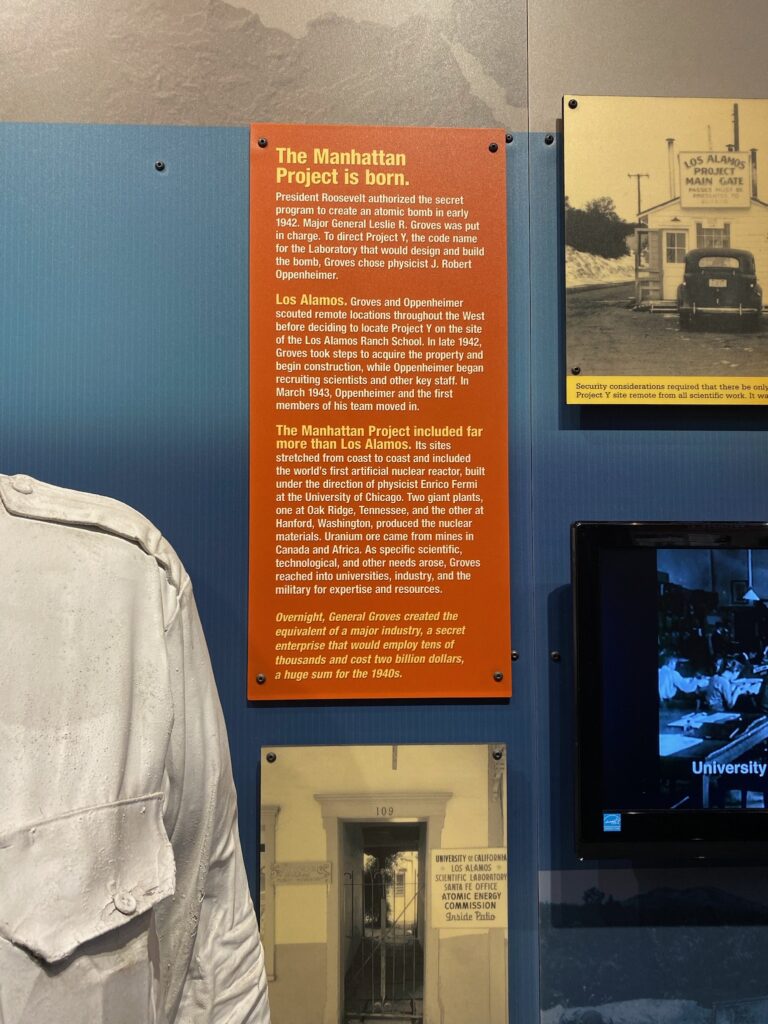
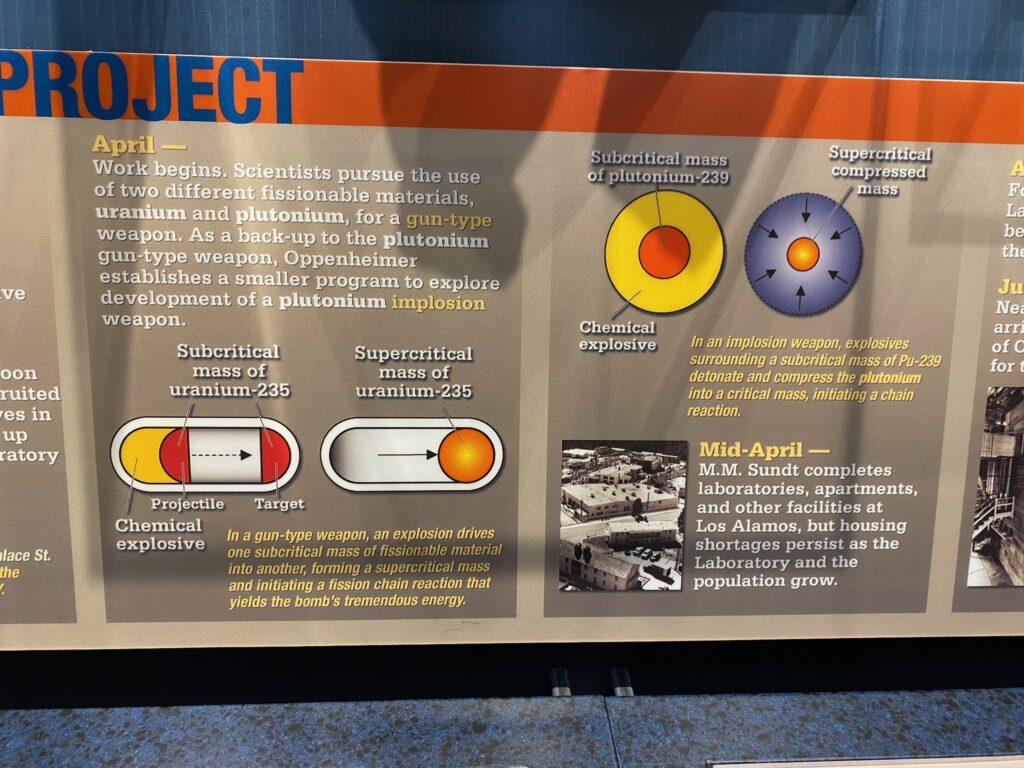
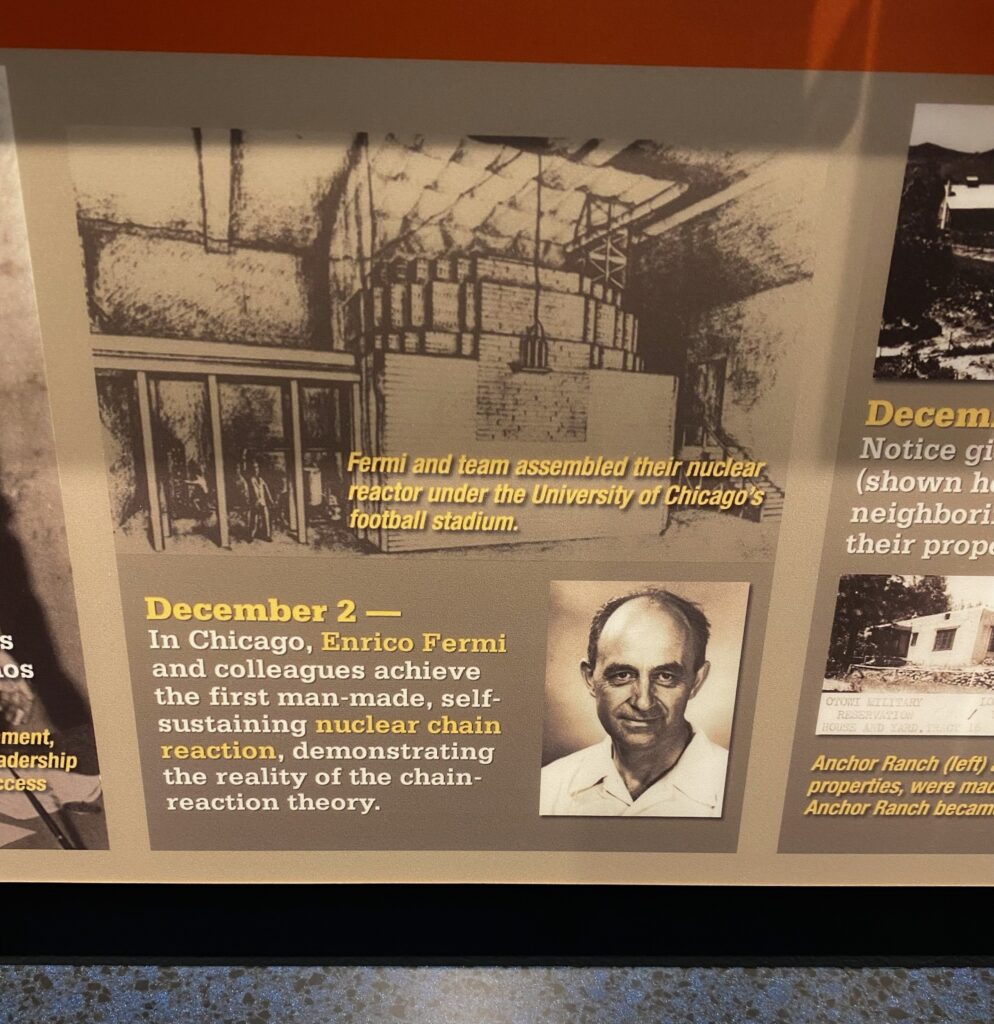
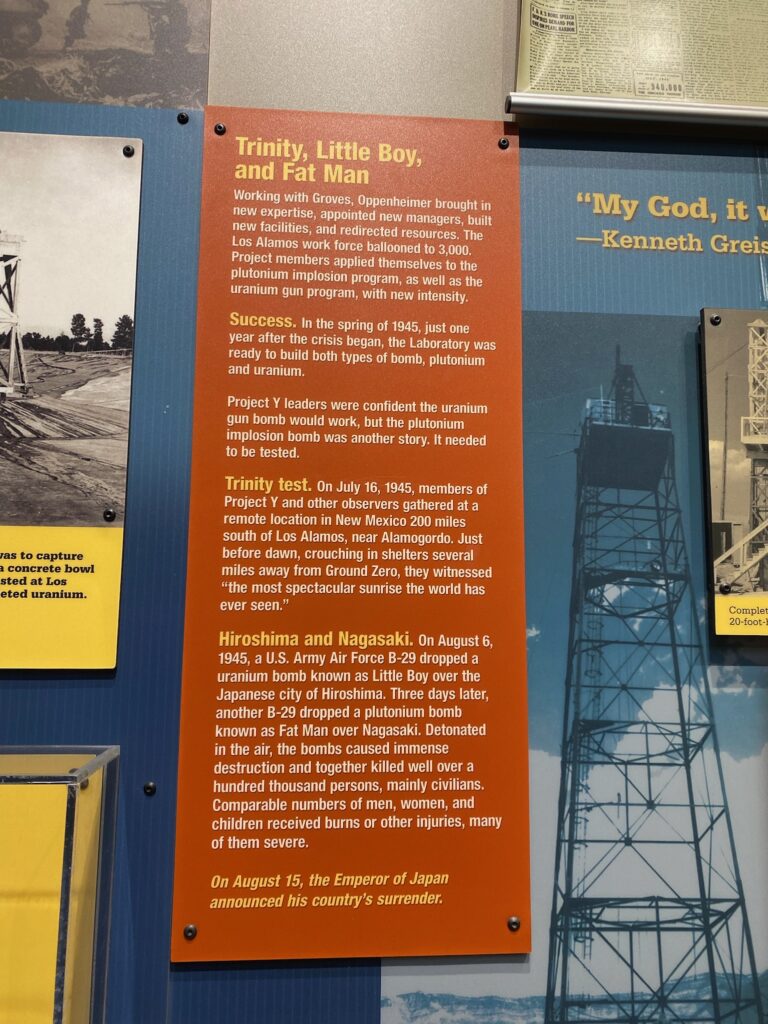
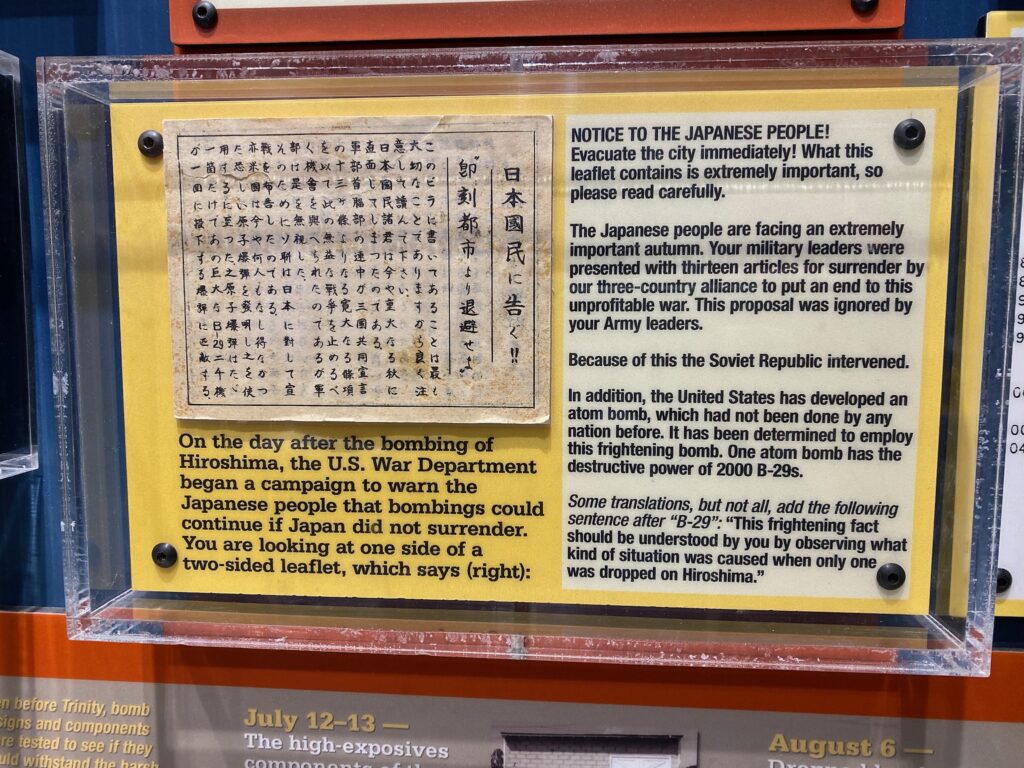
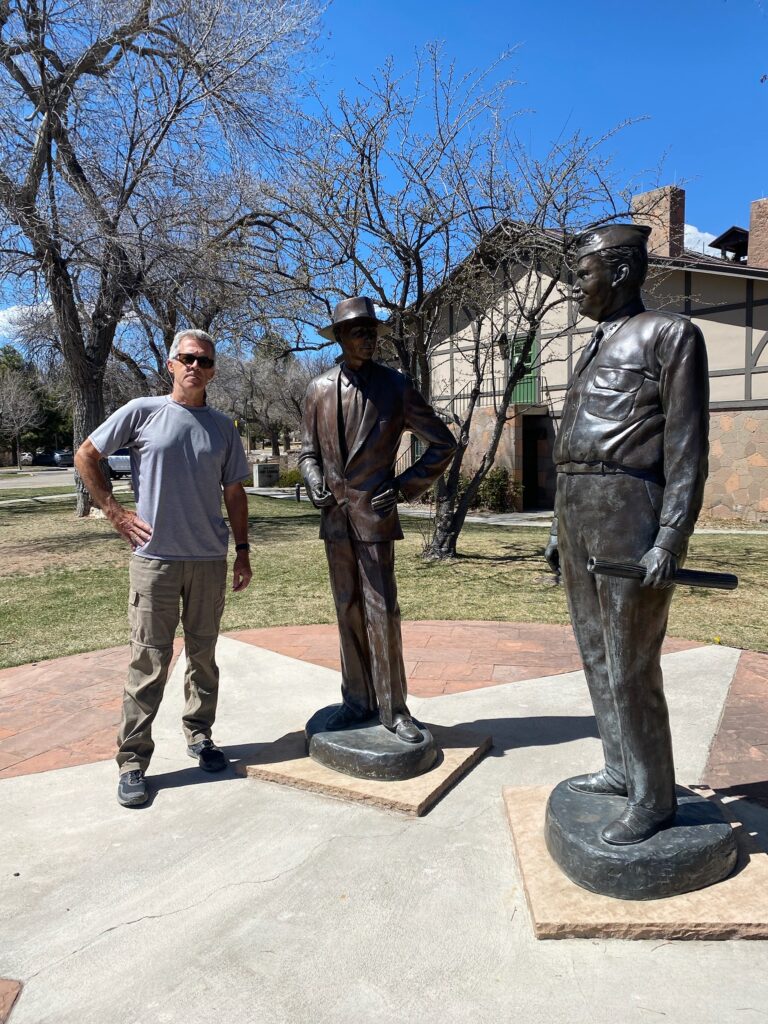
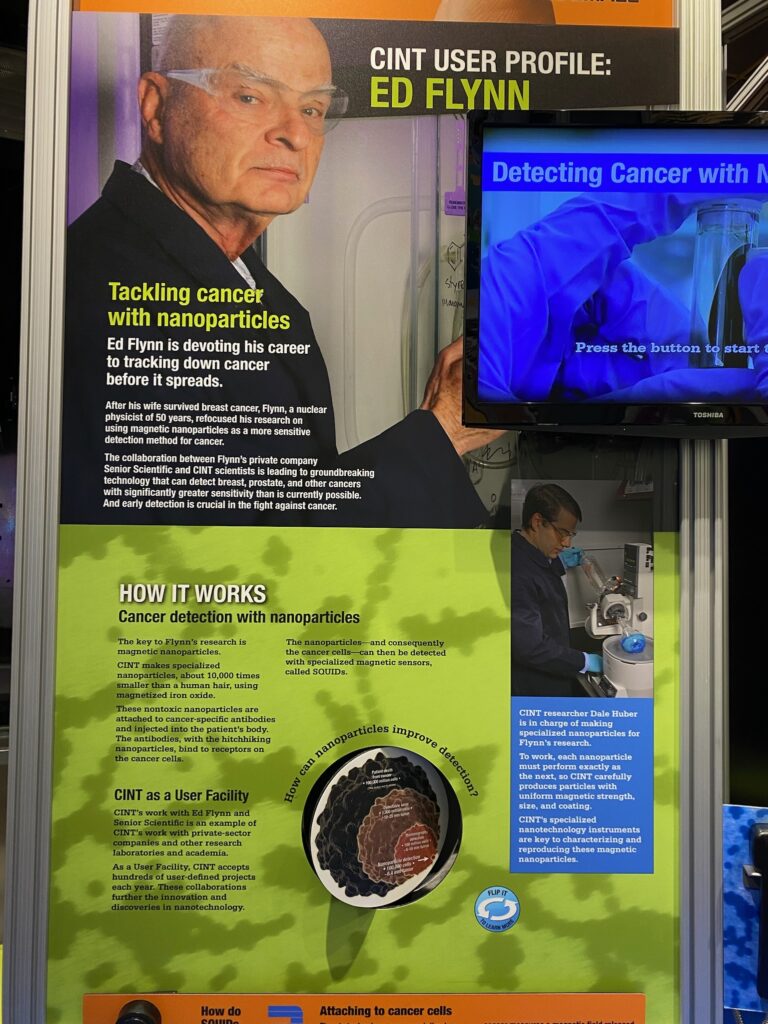
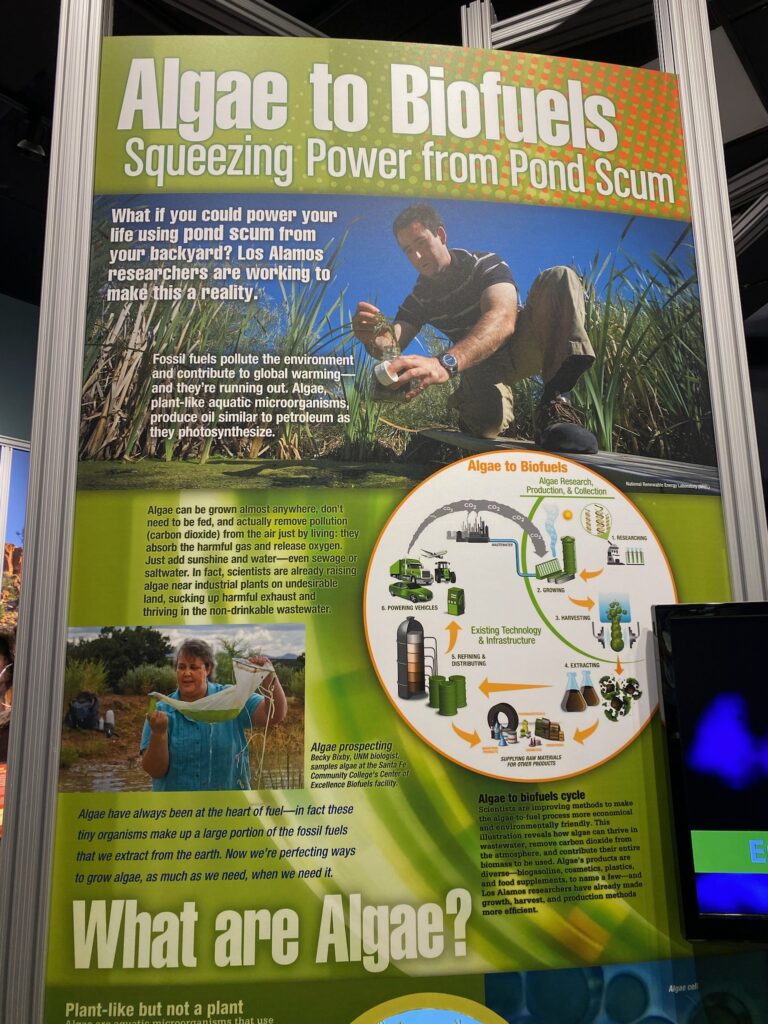
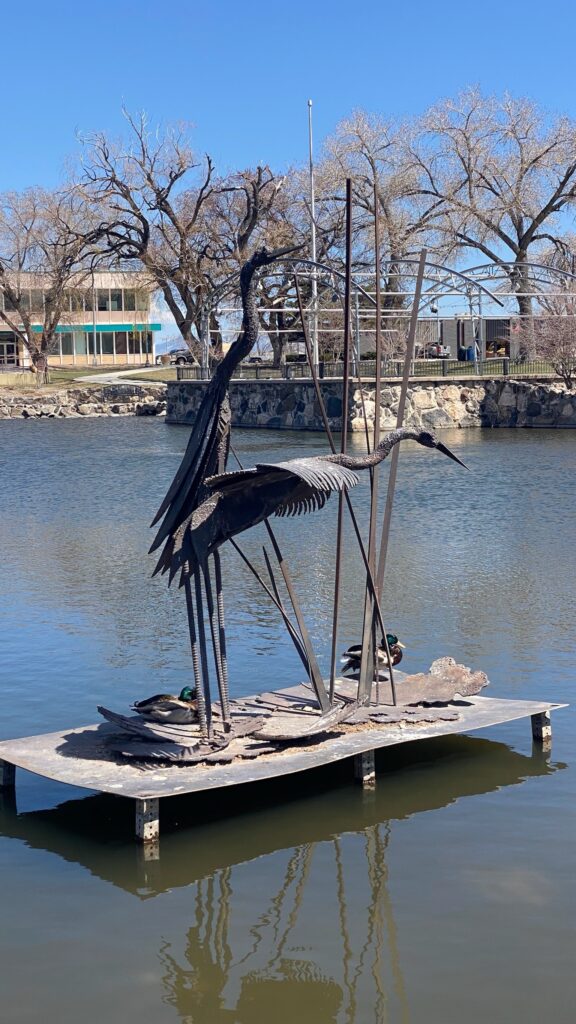
Yes, the results of the atomic bombs used during WWII were atrocious, but the story behind their invention, the world-wide coordination that was achieved, the great minds that banded together to complete this project, and the speed at which this technology was developed to try and end the war is nothing, if not extremely impressive! We learned a great deal about the War, this project, and as a bonus, some of the amazing cutting edge things the laboratory continues to work on today, including ensuring the safety, security, and reliability of the U.S. nuclear deterrent.

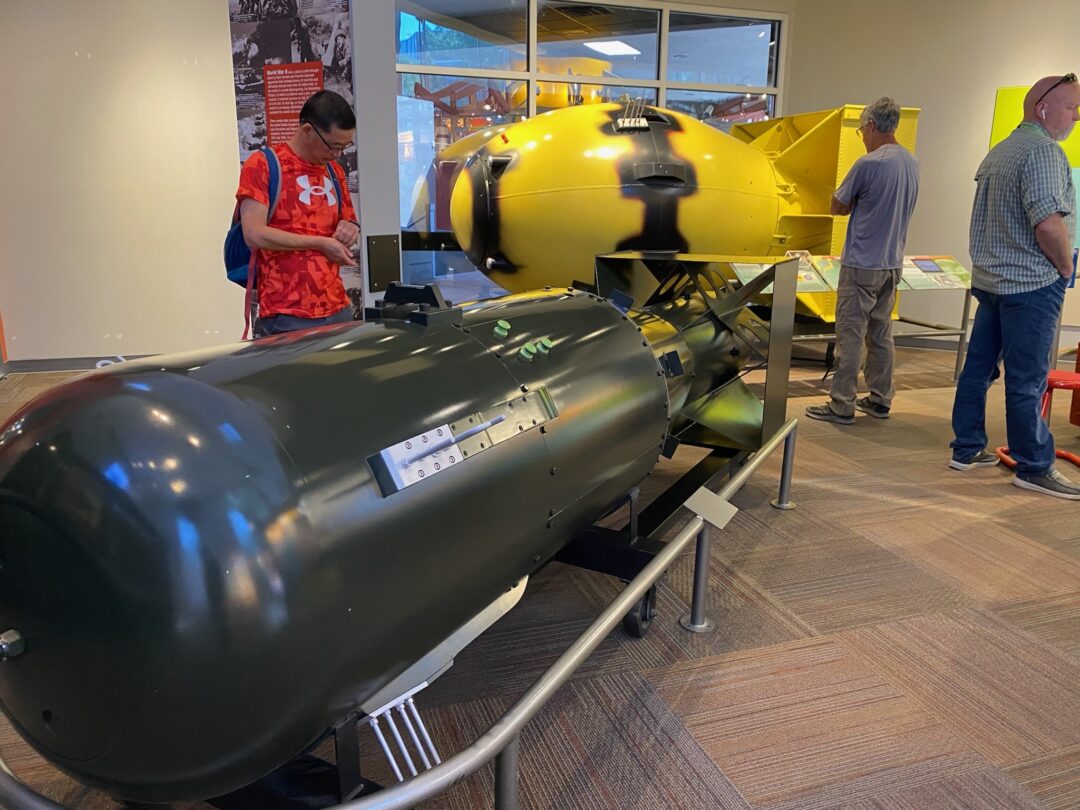



















 Did you know that the oldest and largest aviati
Did you know that the oldest and largest aviati



